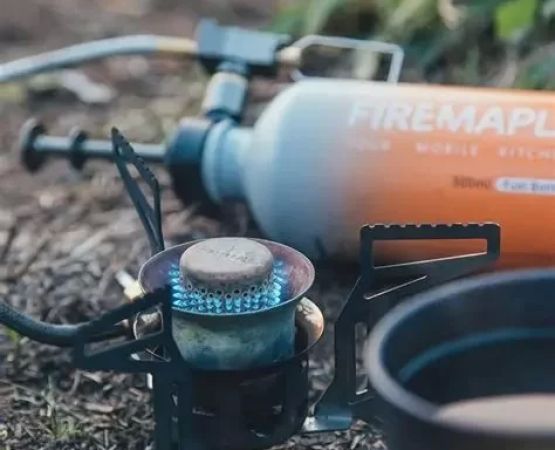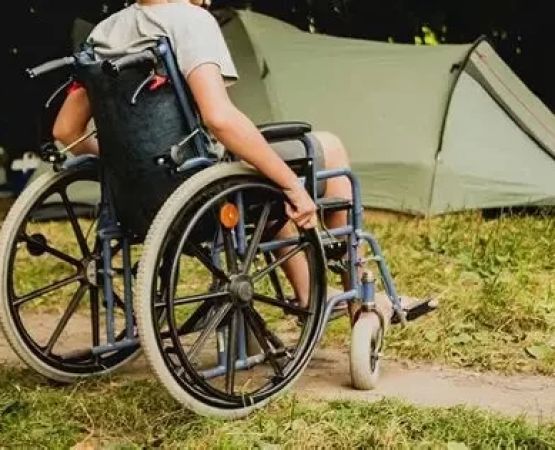- 1 - understanding-the-basics - #understanding-the-basics - why-the-right-gear-makes-or-breaks-your-climb
- 2 - clothing-and-layering - #clothing-and-layering - dressing-for-success-in-extreme-environments
- 3 - climbing-equipment - #climbing-equipment - harnesses-ropes-and-protection-systems
- 4 - navigation-and-safety - #navigation-and-safety - tools-to-keep-you-on-course
- 5 - survival-essentials - #survival-essentials - preparing-for-the-unexpected
- 6 - real-world-experiences - #real-world-experiences - lessons-from-climbers-in-the-field
- 7 - trusted-recommendations - #trusted-recommendations - where-to-find-quality-mountaineering-gear
1) Why the Right Gear Makes or Breaks Your Climb
Mountain climbing and mountaineering push both body and mind to their limits. Having the right equipment can mean the difference between success and failure—or even life and death in extreme conditions. Essential gear for mountain climbing and mountaineering isn’t just about comfort; it’s about safety, efficiency, and the ability to adapt to unpredictable weather and terrain.
2) Dressing for Success in Extreme Environments
Proper layering is one of the most important aspects of mountaineering. Climbers rely on moisture-wicking base layers, insulating mid-layers like fleece or down, and waterproof outer shells. Each piece of clothing works together to regulate body temperature and protect from elements such as snow, wind, and rain. For example, during a climb in the Rockies, a mountaineer shared how a reliable insulated jacket prevented hypothermia when temperatures dropped suddenly at high altitudes.
3) Harnesses, Ropes, and Protection Systems
No climber ventures out without a solid harness, high-quality ropes, and protective gear like carabiners, cams, and nuts. These tools provide not only support but also the critical safety needed when scaling vertical rock faces or icy slopes. In modern climbing, helmets and belay devices are also indispensable. Investing in certified gear ensures durability and reliability, especially when every second counts on a challenging ascent.
4) Tools to Keep You on Course
Mountains can be disorienting, especially in white-out conditions or dense fog. Essential navigation tools include GPS devices, altimeters, compasses, and detailed maps. Many experienced climbers also carry avalanche transceivers and satellite phones for emergency communication. Having these items close at hand ensures climbers can stay on course and call for help when needed.
5) Preparing for the Unexpected
Beyond climbing-specific equipment, survival gear is vital. First aid kits, water filtration systems, headlamps, and emergency bivy sacks can save lives when conditions turn harsh. A common real-world example involves climbers on Mount Rainier who survived a sudden storm thanks to emergency shelters and a reliable portable stove that kept them warm until rescue arrived. Such stories highlight the importance of always packing survival gear, even for seemingly short climbs.
6) Lessons from Climbers in the Field
Seasoned climbers often stress that the most overlooked piece of equipment is not high-tech gear but mental preparation. In one case, a mountaineer described how their multi-tool became invaluable when repairing a crampon mid-climb. Others emphasize that comfort items like insulated gloves or extra socks can transform a grueling expedition into a manageable journey. Real-life experiences prove that preparation and gear go hand-in-hand.
7) Where to Find Quality Mountaineering Gear
Finding reliable, high-quality gear can be overwhelming with so many options available. Outdoor enthusiasts often turn to trusted sources for guidance. At Pine Cliff Resort, climbers can explore curated selections of gear that balance durability, performance, and value. Whether you are preparing for your first climb or tackling advanced summits, having expert-backed recommendations ensures your kit is tailored for safety and success.






